Professional Education
The education of medical laboratory professionals is similar to other health professionals and culminates in eligibility for national certifying examinations. Certification is important because employers prefer to hire certified individuals and in some states licensing requires national certification. So the goal of all the educational programs is eligibility for certification.
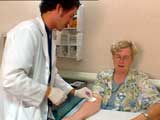
Also like other health professionals, the education of medical laboratory professionals includes two components: an academic component at a college or university plus a clinical component, in this case, in a medical laboratory that serves patients. The clinical component must be provided by an accredited institution in order for the student to be eligible for the national certifying examinations.
The two educational components can be achieved by several different routes described below. Although all of the route descriptions that follow use MLS as the example, other professions like cytotechnology or cytogenetic technology may have these varied routes as well. The associate degree programs like MLT or HT typically follow a Route 1 model.
Route 1
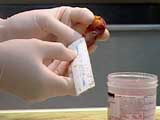
Integrated programs: Attend a college or university with a NAACLS accredited-program that results in a Bachelor of Science degree and includes a clinical experience in the degree requirements. These are typically referred to as "integrated" or "2+2" programs with 2 years of preprofessional (preparatory) coursework and the professional courses in the last two years. The laboratory experience is provided by laboratories affiliated with the academic institution. Graduates are eligible to sit for certifying examinations.
Route 2
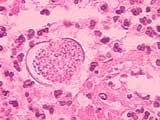
"3 + 1" programs: In this route, attend a college or university that results in a bachelor's degree in MLS. The first three years of preprofessional coursework are offered at the academic institution. The fourth year (or less) is spent in the clinical experience at an independent NAACLS-accredited hospital-based program – sometimes referred to as an internship. The hospital program must be affiliated with the college or university so that the 4th year provides college credit. At the end of the 4 years the student graduates from college and is eligible for the national certifying examinations.
Route 3
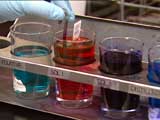
"4+1" programs with MLS degree: Attend a college or university and graduate with a MLS Bachelor of Science degree. Then enroll in an independent NAACLS-accredited hospital-based program– sometimes referred to as an internship. Because the student already possesses the bachelor's degree before attending the internship, no college credit is granted for the laboratory experience and the college and hospital need not be affiliated. A certificate of completion is provided. Graduates of the clinical program are eligible to sit for the national certifying examinations.
Route 4
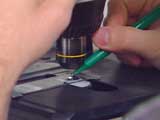
"4+1" programs with a science degree: Attend a college or university that results in a Bachelor of Science in a related scientific field, such as Chemistry, Biology, Microbiology, or Molecular Biology. Then enroll in an independent NAACLS-accredited hospital-based program – sometimes referred to as an internship. This is like Route 3, except that the bachelor degree component is different. So no college credit is granted for the clinical experience and the college does not need to be affiliated with the hospital. Graduates of the certifying examinations.
Route 5
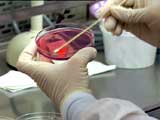
Categorical Training: This is a variation of Route 4. With a Bachelor of Science in a scientific field – usually Microbiology or Clinical Chemistry, enroll in an independent NAACLS-accredited hospital-based program and concentrate in just ONE area of study for the entire clinical period. You are then eligible for certification in just that one area. Certification agencies vary in the length of time required for eligibility.